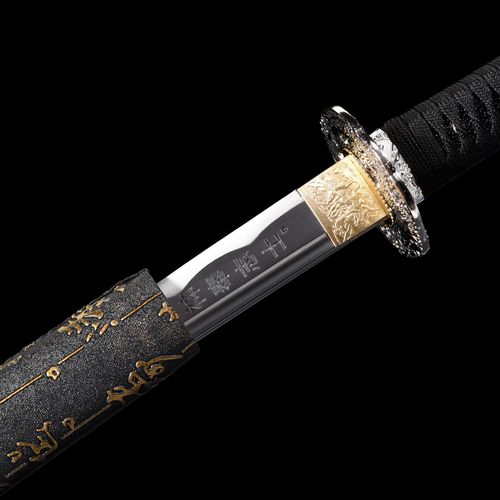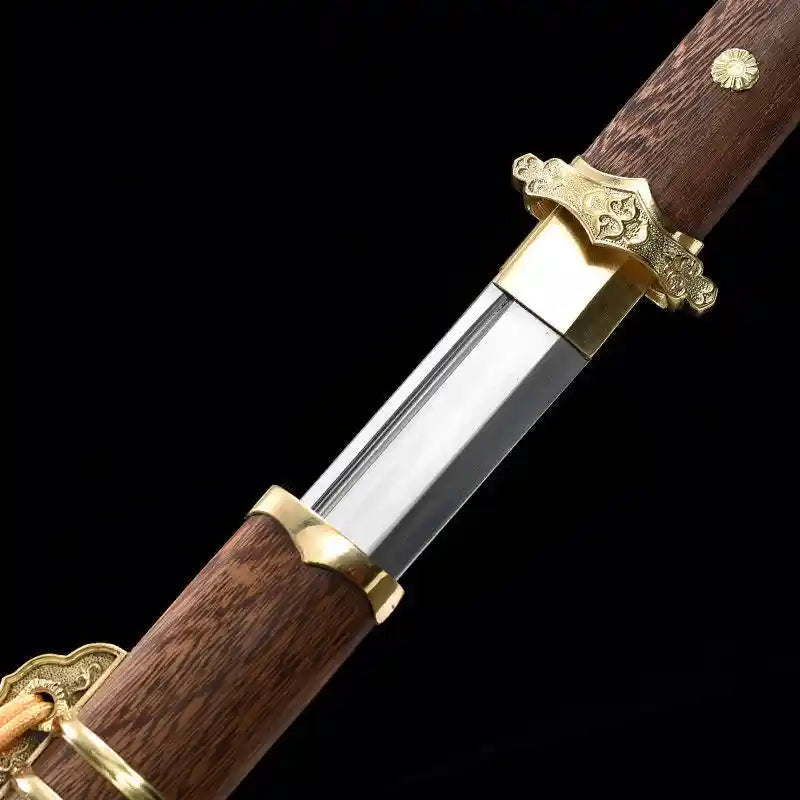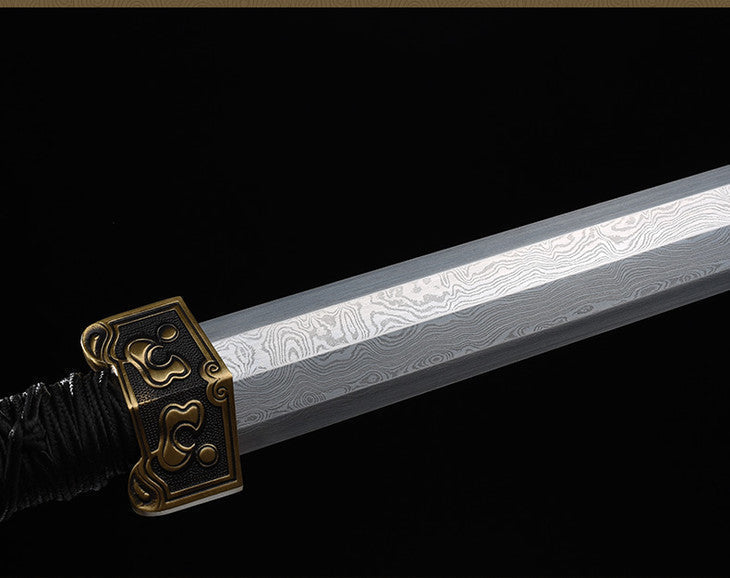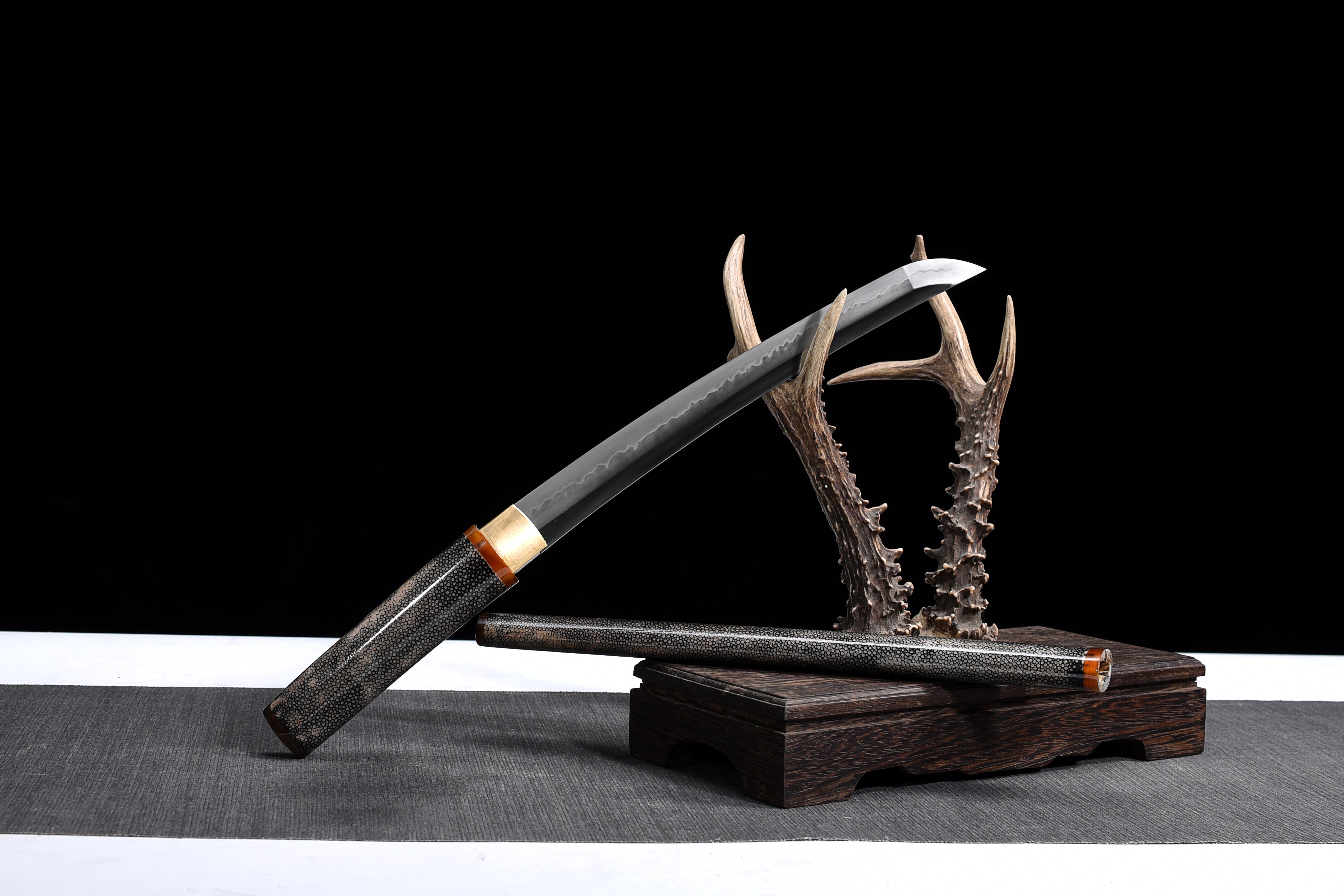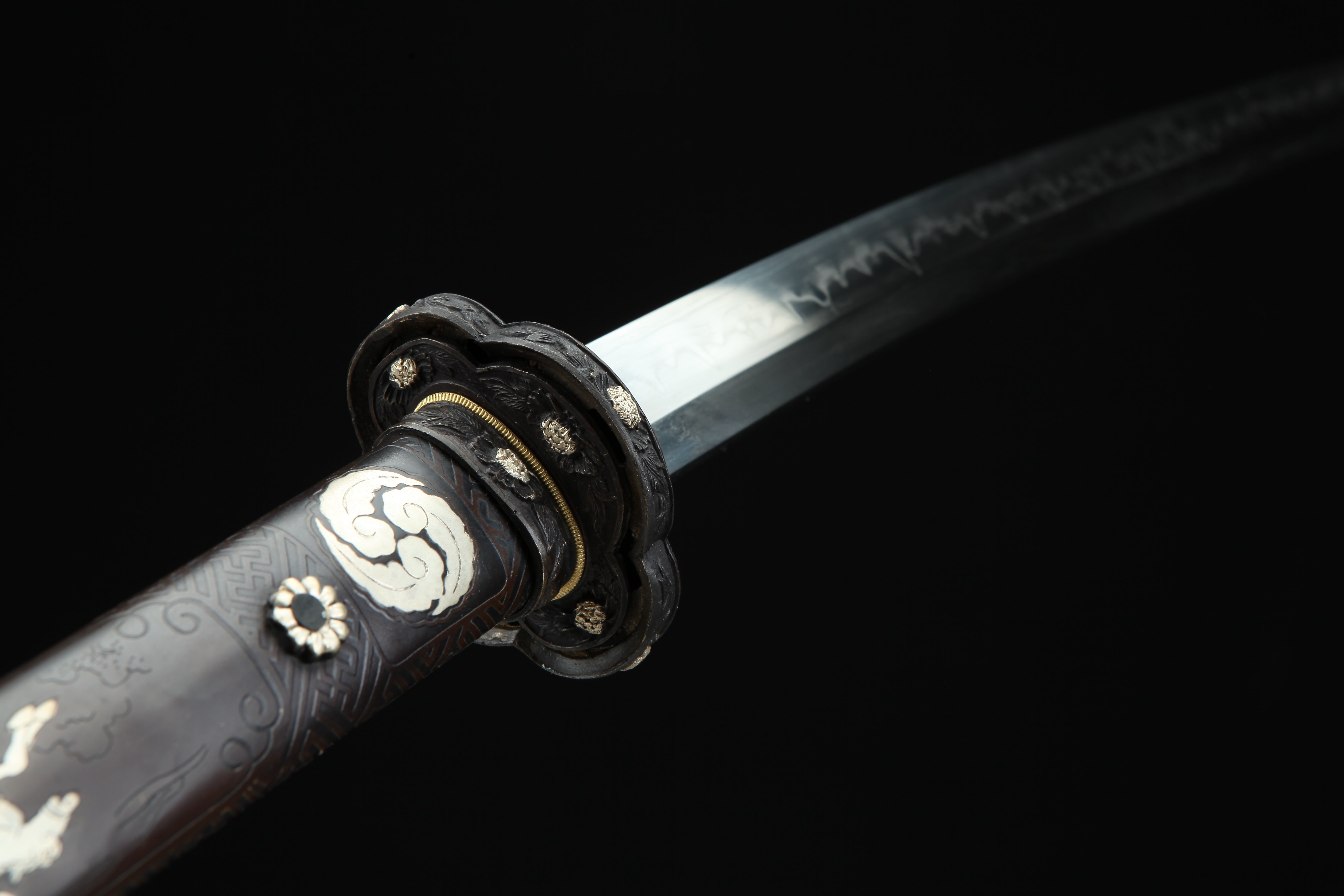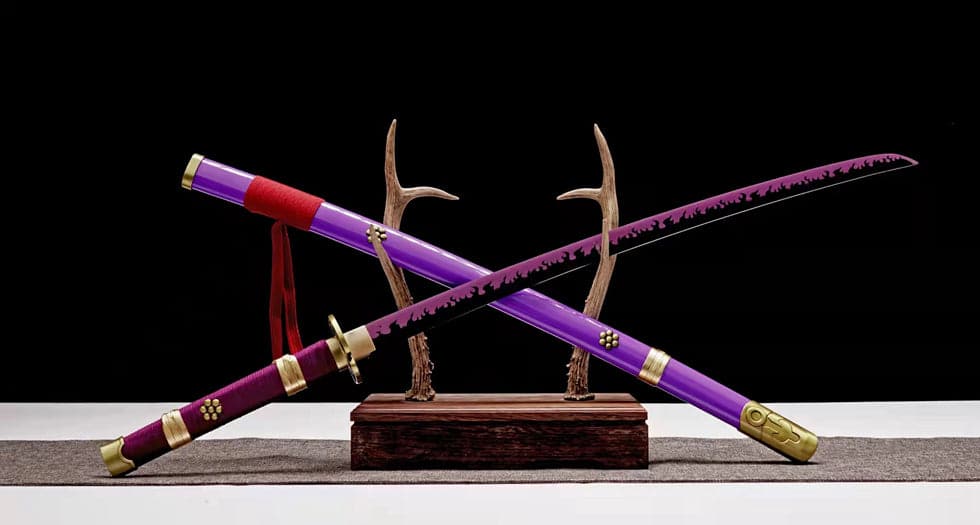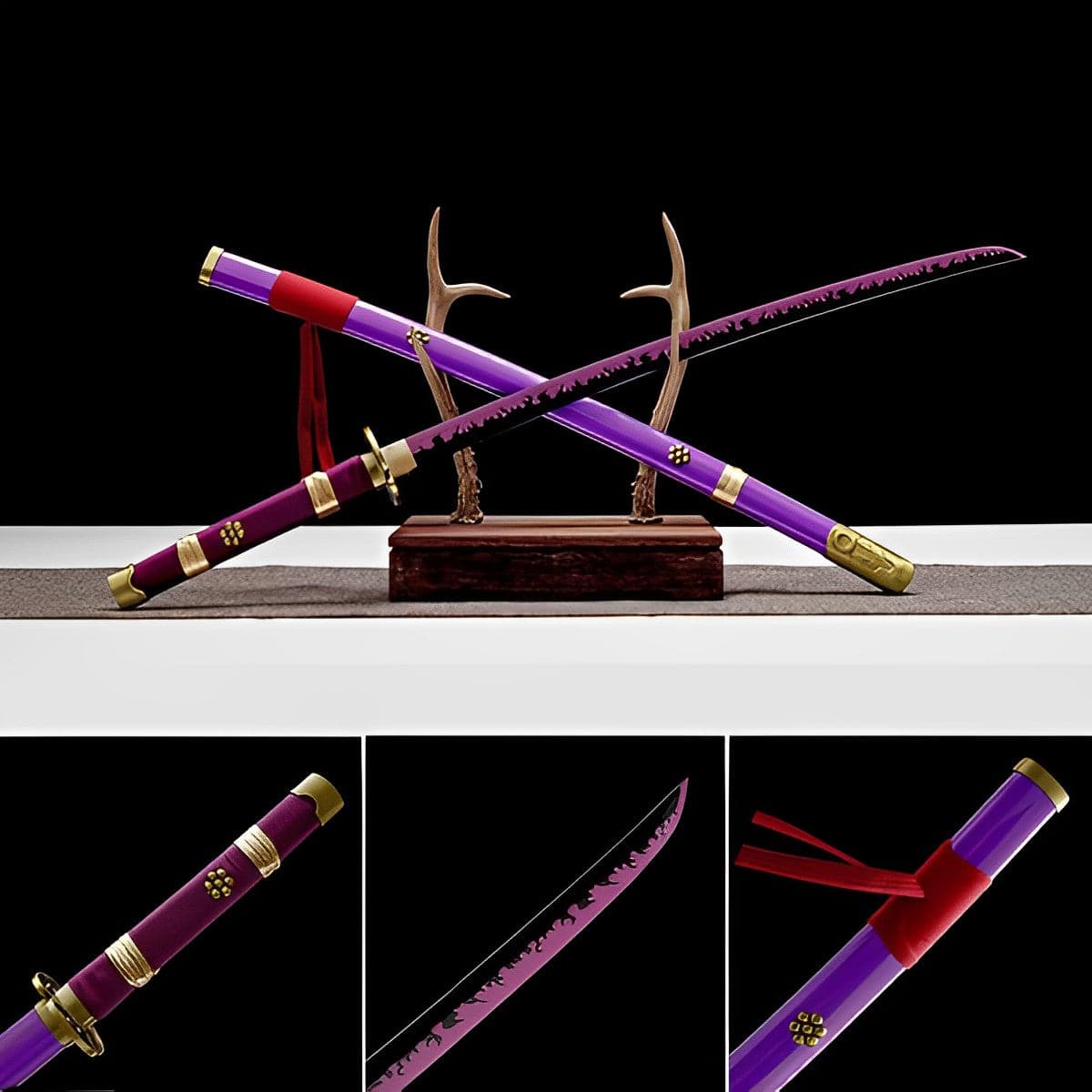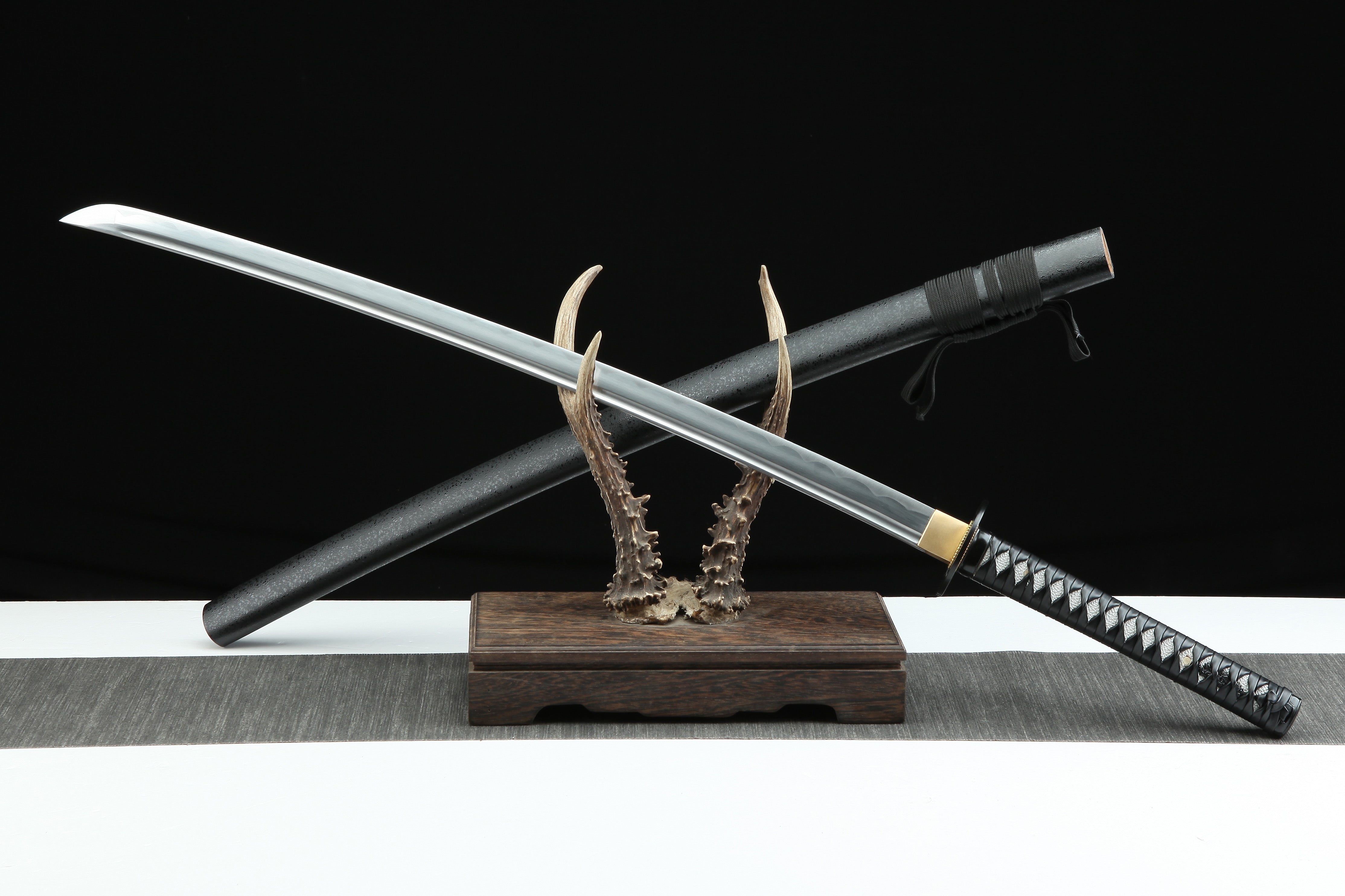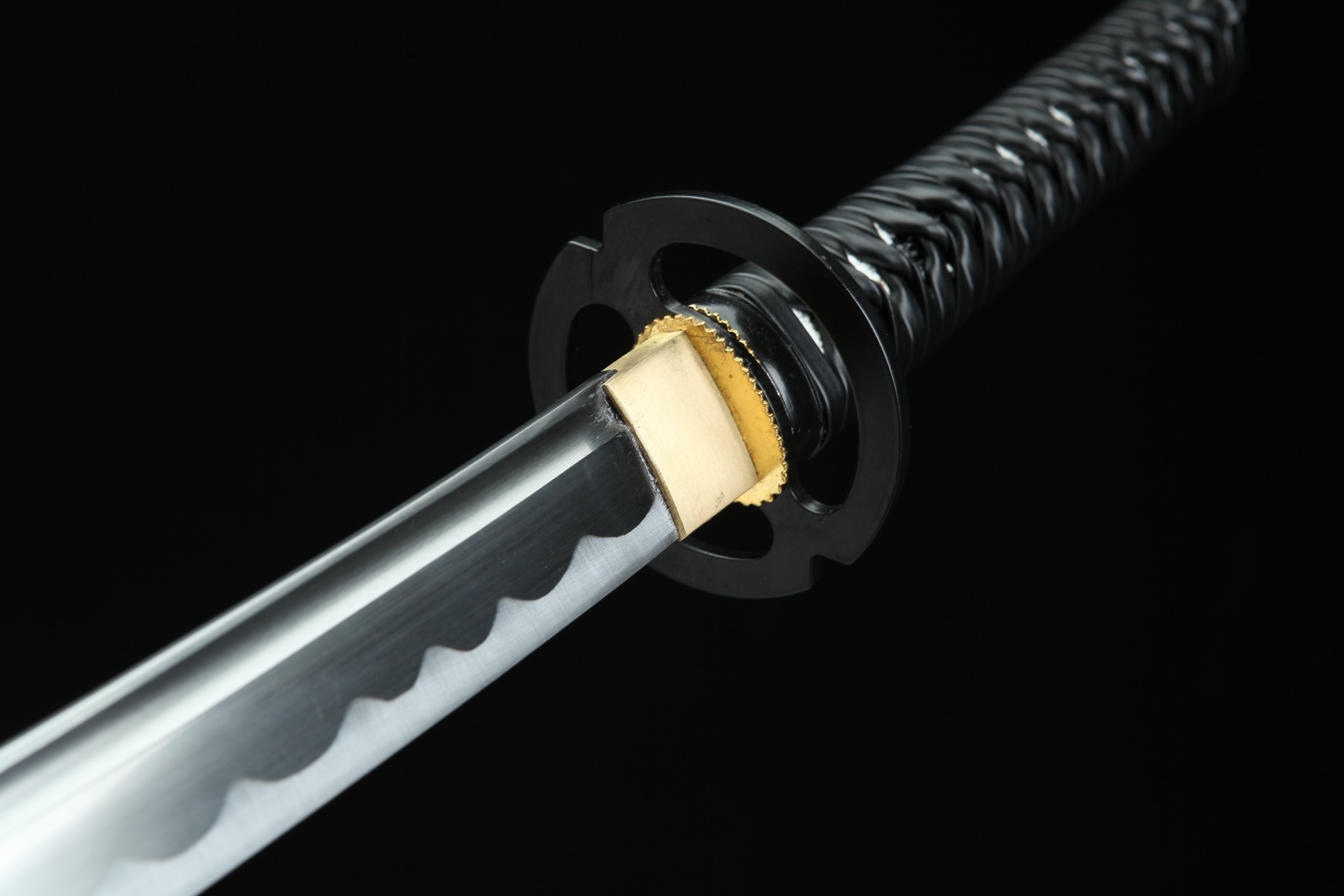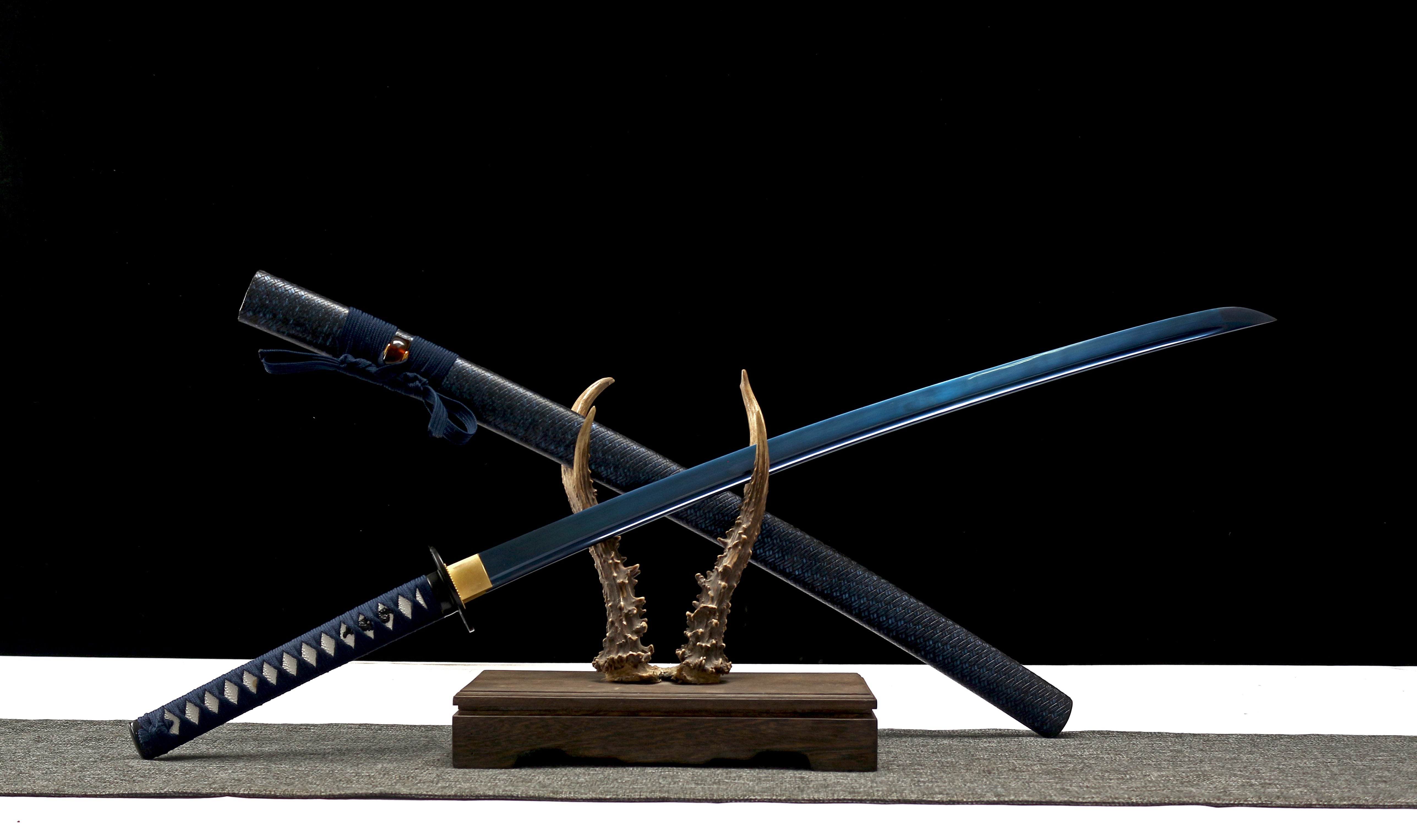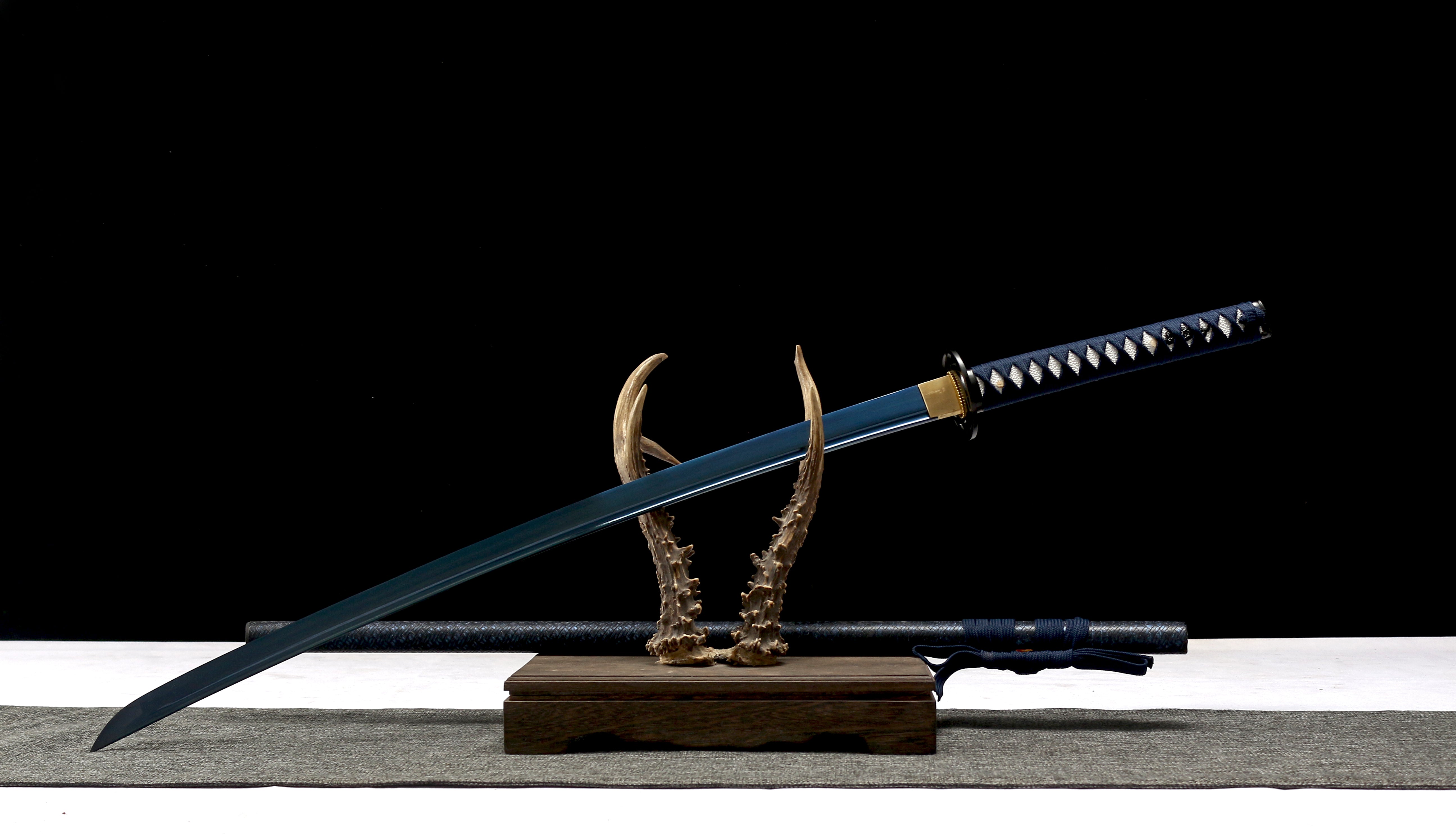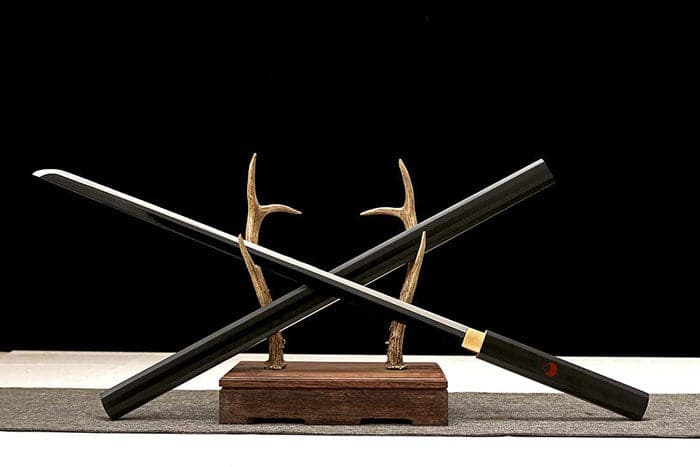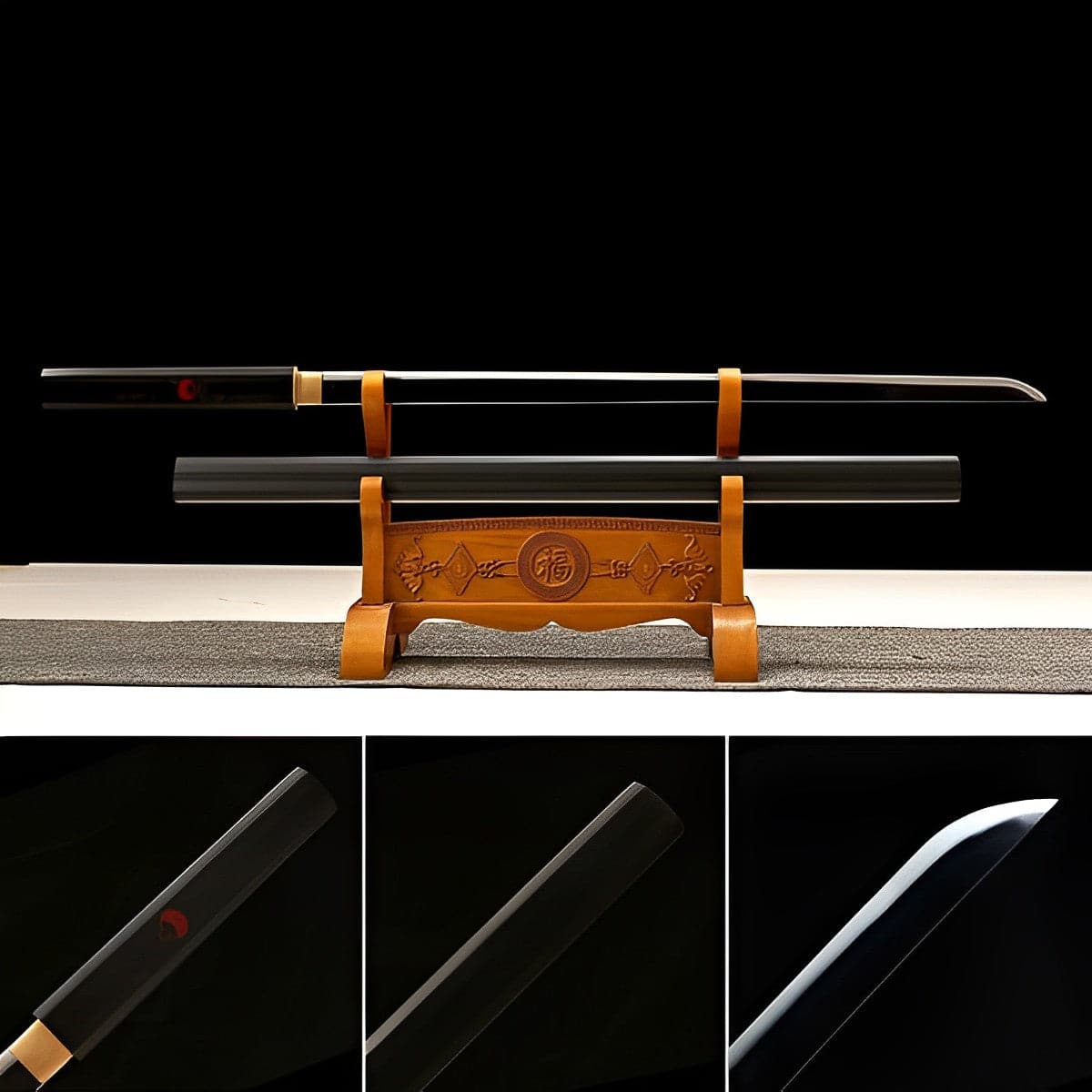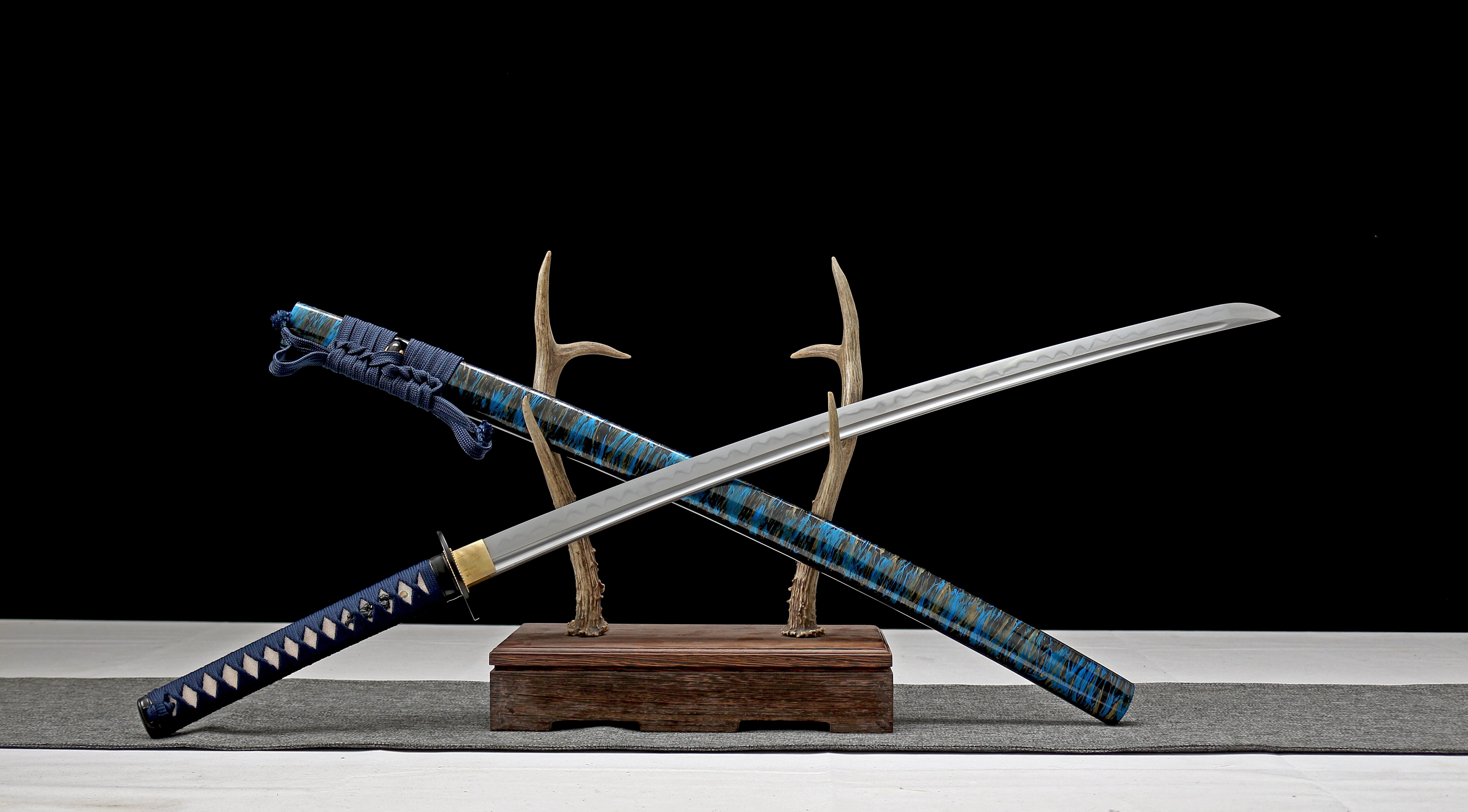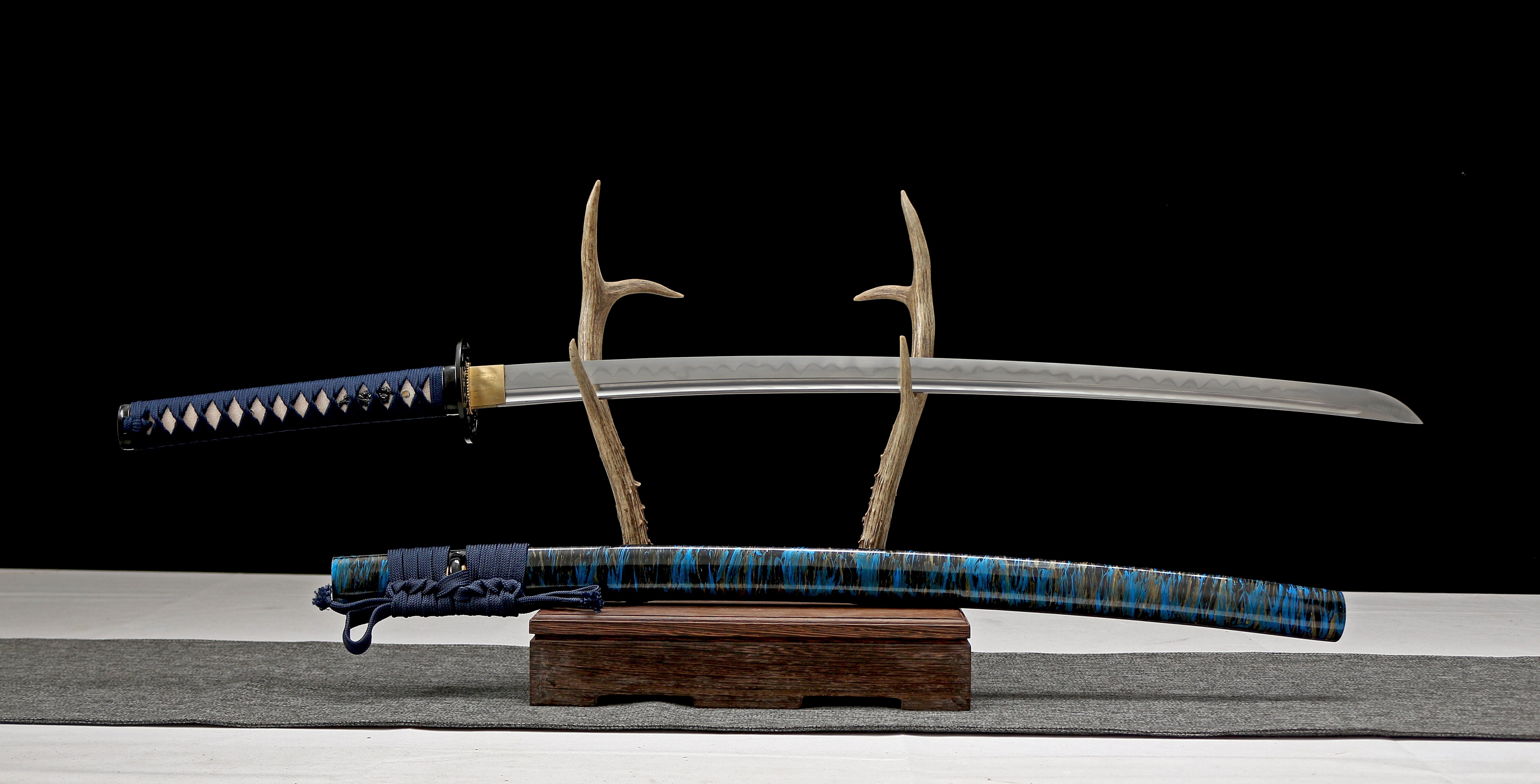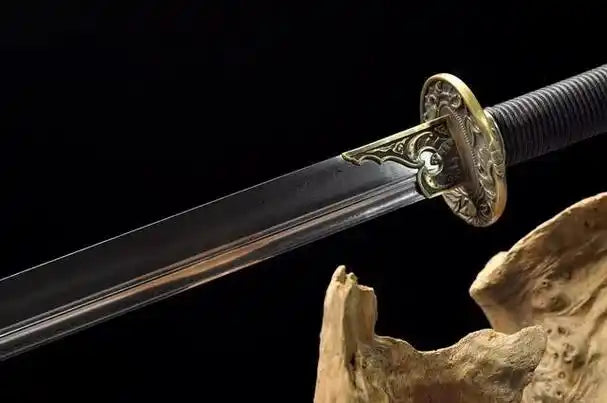
The Symbolic Significance of Swords and Knives in Chinese Culture
Introduction
---
In Chinese civilization, swords and knives have long transcended their utilitarian origins to become profound cultural icons. These blades embody not just martial prowess but the very essence of authority, virtue, and moral ideals. Through their representations in historical chronicles, literary masterpieces, and ceremonial traditions, they emerge as timeless symbols that articulate both personal honor and collective values. This exploration focuses on two pivotal dimensions of their symbolism: as manifestations of power and status, and as enduring emblems of bravery and loyalty. By delving into these facets, we uncover how these weapons function as vessels of cultural memory and ethical philosophy.
---
1. Emblems of Power and Prestige
1.1 Historical Context and Social Hierarchy
In the tapestry of Chinese history, swords and knives have served as unmistakable markers of authority and distinction. From the imperial throne rooms to the battlefields, these blades communicated the stature and influence of their bearers with silent eloquence.
Imperial Legitimacy: The courts of emperors saw swords transform into instruments of statecraft. Bestowed upon high-ranking officials, these masterpieces of metallurgy—adorned with gold filigree, jade, and gemstones—were not merely weapons but tangible expressions of imperial trust and favor.
Military Command: Within the ranks of the army, a commander’s sword functioned as both a tactical tool and a heraldic device. The quality of its forging and the opulence of its embellishments spoke volumes about the officer’s battlefield achievements and leadership caliber.
1.2 Cultural Canonization in Art and Literature
Beyond their functional roles, these weapons have been immortalized in China’s artistic and literary traditions, where they signify nobility and the zenith of craftsmanship.
Literary Testaments: Classics like“Romance of the Three Kingdoms” immortalize the ceremonial gifting of swords among nobles—a practice that underscored their role as diplomatic currency and tokens of respect.
Artistic Symbolism: The intricate engravings of dragons and phoenixes on blades were not mere decoration but visual rhetoric, proclaiming the owner’s divine mandate and exalted position in the Confucian social order.
---
2. Paragons of Bravery and Fidelity
2.1 The Moral Dimensions of Martial Tradition
Chinese martial philosophy elevates swords and knives beyond instruments of combat—they become extensions of the warrior’s character, embodying the Confucian virtues of courage (yong) and loyalty (zhong).
Courage Cast in Steel: The legendary “Green Dragon Crescent Blade”of Guan Yu and Yue Fei’s spear (often paired with his dagger) stand as metonyms for their wielders’ indomitable spirit, turning historical figures into archetypes of resilience.
The Bonds of Allegiance: Chronicles abound with accounts of retainers who chose death over dishonor, their blades symbolizing the inviolable covenant between protector and sovereign. These narratives crystallize the ideal that true loyalty is tested in adversity.
2.2 Mythos and Moral Pedagogy
Folklore and classical texts have weaponized these symbols to impart ethical lessons, ensuring their resonance across millennia.
Heroic Exemplars: In folk epics, the protagonist’s sword often serves as a narrative device—silent yet pivotal—witnessing acts of sacrifice and righteousness that define China’s cultural ethos.
The Harmony of the Collective: By extolling loyalty, these stories reinforce a Confucian vision of societal equilibrium, where the moral integrity of individuals upholds the stability of the greater whole.
---
Conclusion
The sword and knife in Chinese culture are far more than edged weapons—they are ideological artifacts. Whether gracing the hip of an emperor or clasped in the hand of a folk hero, these blades distill centuries of philosophical thought, social hierarchy, and ethical aspiration. Their depictions in art and literature have cemented their status as cultural touchstones, continually reminding posterity of the virtues they enshrine: the majesty of legitimate authority and the luminous courage of moral conviction. To study their symbolism is to engage with the soul of Chinese tradition—where steel and spirit are inextricably forged as one.
